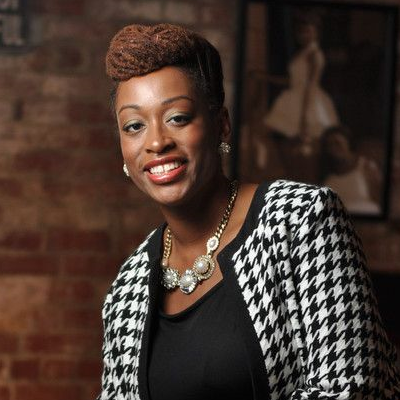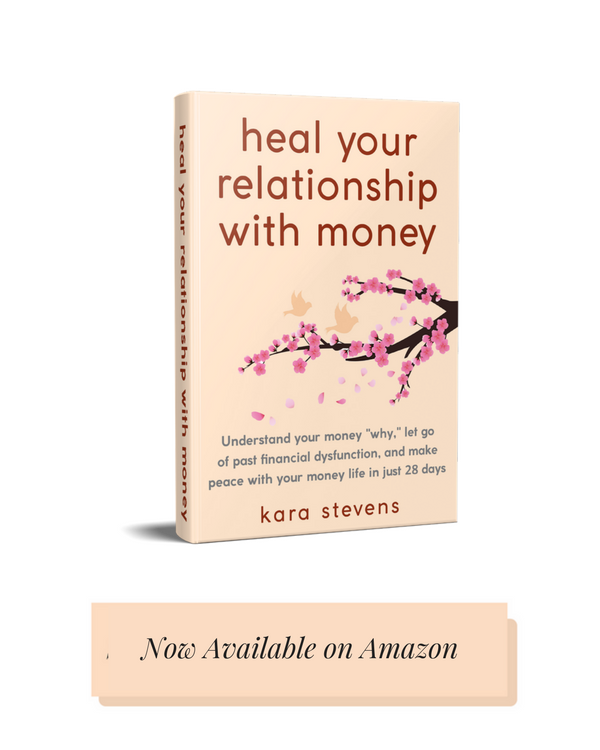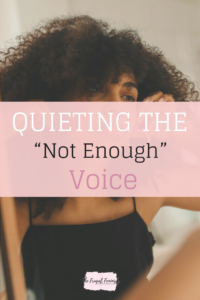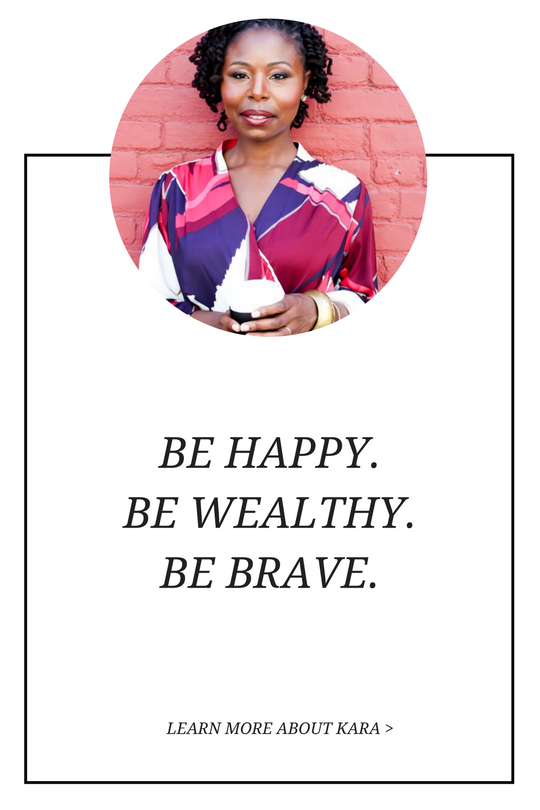1. We met at the most recent Blogging While Brown Conference in NYC. Before meeting you, I had no idea about the work that you do as an intellectual property litigator and to be quite honest, I still feel I need a tutorial. 🙂 Please share with us, what does it mean to be an intellectual property litigator and who would need your help?
Short answer:I practice a narrow niche of law called brand management litigation, which provides conflict and dispute solutions to brand management issues. Brands (whether personal or corporate) need my help when there is conflict or an unforeseen circumstance with the brand – such as unauthorized copying or trademark infringement (i.e. intellectual property infringement), unfair competition, or privacy and defamation issues. People hire me so that they can be put back in control of their brand.
Some extra: I’m a litigator and trial lawyer by training. A litigator and trial lawyer is trained to resolve legal disputes either in court or outside of court. I use legal precedent, evidentiary rules, and litigation tools (e.g. motions, petitions, discovery) to strategically move things and people to align with my client’s interests. This is in contrast with the “transactional” lawyer, who is trained to assist people in deal-making or business transactions. Most transactional lawyers are not inept on how litigation works and because of this, aren’t as effective in dispute resolution because understanding courtroom procedure, evidentiary rules, and litigation tools is critical to resolution – whether in court of out of court.
I studied IP during law school, which is an area of law that encompasses intangible property such as copyrights, trademarks, and patents.
I also studied communication during my undergraduate studies, which involves corporate, organizational, and public communication conflict management techniques, so I definitely use those techniques in my job as well.
2. The word “brand” is so popular and we hear it everywhere, “Be about your brand.” “Build your brand.” As an intellectual property litigator, what does “brand” mean to you? Do we all have a “brand.”?
A [great] brand is really an idea behind a product, service, or person. That idea is supported by a brand promise which the brand delivers over and over via its product/service, which creates a consumer experience that creates brand loyalists. All of this requires time and translates into goodwill and value built into the brand. Because of this, I do not think everyone has a [great] brand. I think that anyone can have a vision of what they want their brand to be, but brand value and goodwill takes time to build and it takes time to turn consumers into loyalists.
Nevertheless, it is very true that one should be about their brand by taking calculated steps to build it, but many people think they have a brand, when really they have nothing but a logo, a website, a product, and some colors. A brand is made up of many components and those components must be protected and defended legally. It is those legally protectable components with which I am concerned. Photography, logos, names of companies and products, product design, “secret ingredients”, names, images, and likeness of people, music, website design, ideas, customer lists, reputation, content…the list goes on and on.
But, there is no branding without strategic effort to move these elements to “brand” status. There are many traditional and creative ways to protect a brand. My firm can assist with that. It’s called IP Portfolio Management. For those launching new products, companies, we offer flat rate monthly, quarterly, semiannual, and annual plans so that we can assist in the strategic planning and effort needed to reach “brand” status. My clients love these because they can have unfettered access to legal counsel and legal services without the fear of receiving fluctuating invoices at the end of each month. I love them because it allows me to implement protection that prevents infringement losses well before they could ever happen. It’s such a win-win relationship.
3. What is brand infringement then?
So, brand infringement is misuse of your brand by someone else – either a stranger or someone you know (like a competitor or even your own employee) – that causes the brand to lose recognition, or to be disparaged, or causes the brand to experience loss in profits and goodwill.
4. Has the world of blogging, Internet, and social media made your services more necessary?
Absolutely. It is much easier now to experience a brand management legal issues now because of technology. It’s so easy to “steal” the elements of a brand – content, logo, website design, photographs, trademarks. It’s so easy to hack into people’s data and steal their proprietary information. It’s easy to for rumors (e.g. defamation, disparagement) to go viral. The more influence someone has via blogging or another social media presence —> the worse the damage. It’s certainly not just a “celebrity” problem. It’s a problem that reaches the general public now because of the Internet.
5. On your site, “The Brand Infringement Firm” you said, “Brands are just my thing.” How did they become “your thing?”
During my second year of law school, I was a business and legal affairs intern for a premiere licensing company that represented some of the world’s greatest entertainment and sports brands: Marilyn Monroe, James Dean, Ella Fitzgerald, Duke Ellington, Tupac, Biggie, Malcolm X. My job was to pursue intellectual property infringements of those accounts and handle licensing of those accounts. It was there that I learned how litigation/dispute resolution intersected with intellectual property as it is applied to brands. The thought that a person could make passive income from giving others permission to use their name, image, and likeness was amazing to me. From that point on, I was smitten.
After law school, I moved to Los Angeles to work with experienced trial lawyers so that I could hone my skills in litigation and trial work. After working in film litigation, I moved back to the Midwest to start a legal practice that merged conflict management, litigation, IP, and branding.
6. On your blog, you take your knowledge about intellectual property and brands and sound off about pop culture. Your most recent post was about will.i.am and Pharrell. Please do share.
I am very interested in the outcome of this brand dispute. To be honest, the litigator in me does NOT want to see this case settled because I want to see this conflict played out so that I can do a case study for my clients. But from a business perspective, I know that clients don’t generally desire litigation because it’s costly and will settle if the time and money is right.
My blog provides a way for me to show people how common brand management conflict is in everyday life and tries to educate folks on branding and intellectual property. I wrote the post about will.i.am and Pharrell because Twitter (and other places on the internet) were riddled with comments mocking will.i.am for his cease and desist letter to Pharrell regarding the “I am” trademark. This case is a good example of how many misunderstand how trademarks work. People were ridiculing him because they felt that no one should have a monopoly on the words “I am” because they are so commonly used by everyone everyday. My blog post was designed to show that trademarks are about “limited monopolies” and that will.i.am had taken necessary steps to create an IP Portfolio to that reflected a limited monopoly on “I am” on certain things like entertainment, clothing, and philanthropy and that as a result, he had every right to protect his portfolio from Pharrell who was attempting to enter into those same areas with a similar mark. Will will.i.am succeed? That remains to be seen as more evidence is presented by both sides. Nevertheless, the point remains that will.i.am shouldn’t be ridiculed for actively defending his IP portfolio for the i.am brand.
7. You are a legalhead and business owner, when did you know it was time to work for yourself?
I knew it was time to move on my own when (1) I kept seeing and feeling it in a spiritual sense and (2) the senior attorneys and partners I was working with trusted me to take cases and work well beyond my junior associate level. I was working for a 1000+ lawyer firm, so that high level of responsibility is quite uncommon. I was getting paid quite well, but when I looked at how much everyone else was getting off my work (and how much time I was spending at work to the detriment of my daughter, who was about 7 at the time) in comparison to what I was bringing home, I knew it was time to move forward.
As a single parent, it has been a very challenging but rewarding decision.
8. In my Oprah voice, what do you know for sure?
Many great opportunities are missed because they are disguised as hard work.
Trezanay M. Atkins is the Creator and Lead Strategist at tma| The Brand Infringement Firm, a law firm designed to help protect and defend brands by providing preventative education, brand advocacy, and case litigation. She also provides licensing and strategic communications solutions to help brands through brand management issues. Ms. Atkins is the proud mom of two and frequently speaks about work-life balance for mom entrepreneurs. She enjoys live gospel, blues, and jazz music, is a diehard fan of stand-up comedy, and is a dedicated member of her local church in Indianapolis.











